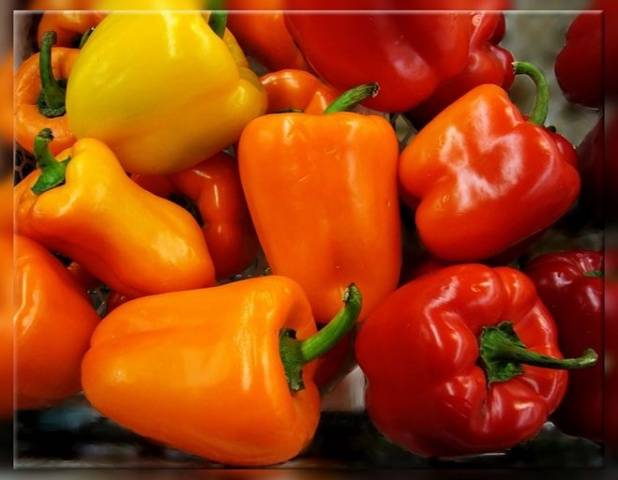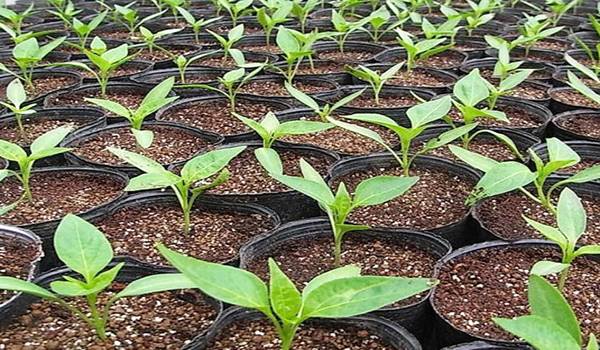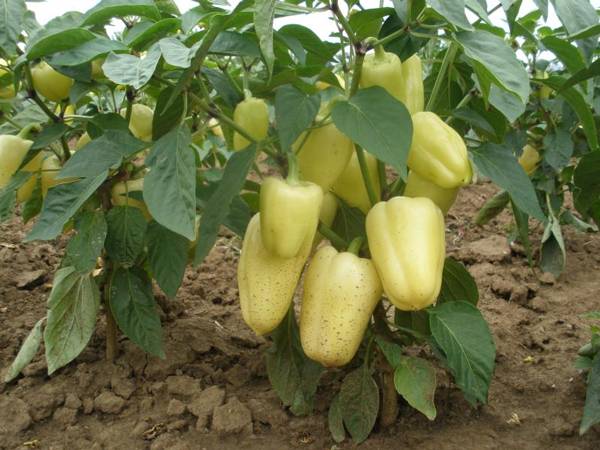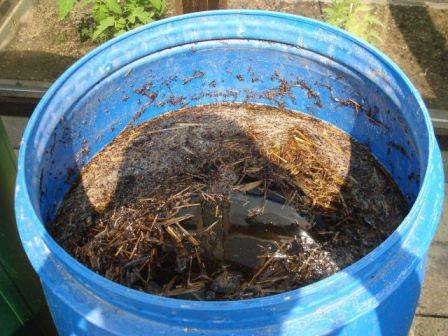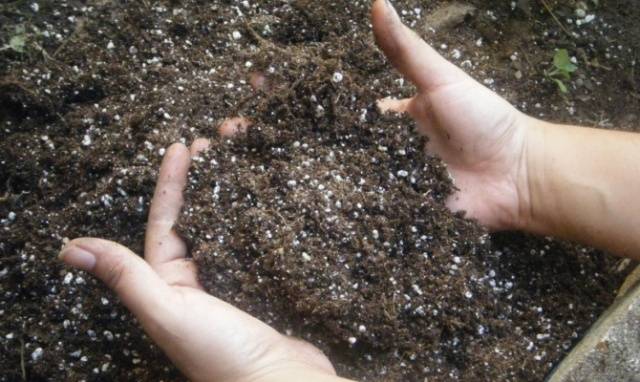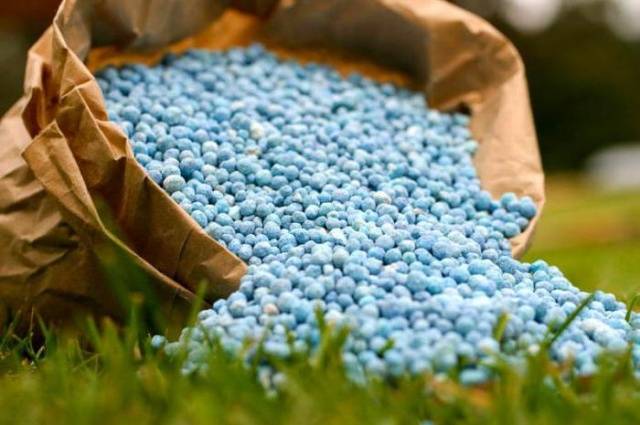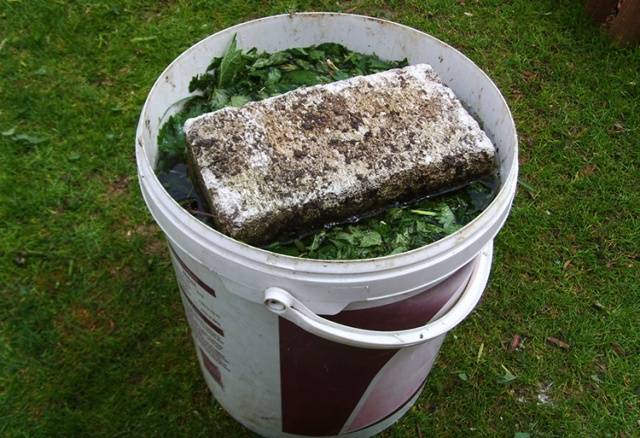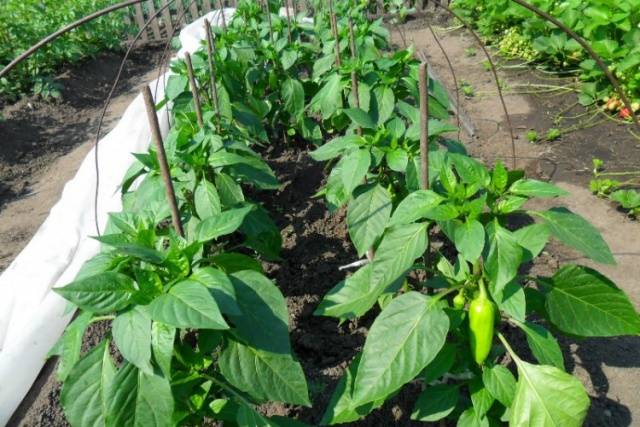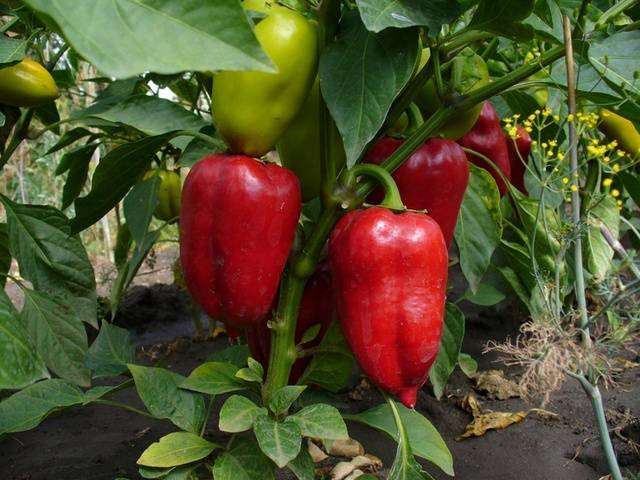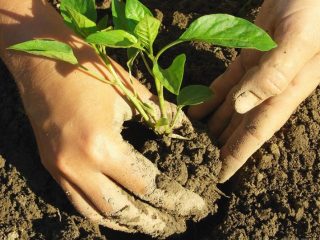Content
Sweet bell peppers are not only delicious but also very healthy vegetables. They are grown by many gardeners in open and protected ground. To obtain a high-quality harvest in large quantities even at the stage of cultivation seedlings fertilize peppers... For these purposes, various chemical and organic substances are used. After disembarking for a permanent place of growth, plants also need a certain amount of nutrients. So, top dressing of peppers in the open field allows you to improve the taste of vegetables, increase their yield and extend the fruiting period. Peppers, receiving the necessary amount of nutrients, are resistant to adverse weather, various diseases and pests.
Growing seedlings
Seedlings peppers should be fed several times before landing in open ground. The first feeding should be done at 2 weeks of age. At this time, plants need nitrogen-containing substances, which will accelerate their growth and allow them to build up a sufficient amount of green mass. Also, phosphorus must be included in the fertilizer for the first feeding of seedlings, which contributes to the rooting of young plants.
A complex fertilizer containing the necessary substances can be purchased or prepared on your own. For preparation, it is necessary to mix urea in the amount of 7 g and superphosphate in the amount of 30 g. The mixture of minerals must be dissolved in a bucket of water and used for watering peppers seedlings.
A week before the expected disembarkation, the seedlings must be fed again. In this case, the event should be aimed at developing the root system of the plant. It is recommended to use phosphate and potash fertilizers for this. When ready-made, a suitable top dressing can be found under the name "Kristalon". You can independently prepare such a fertilizer by mixing 250 g of potassium salt and 70 g of superphosphate. The specified amount of trace elements must be dissolved in a bucket of water.
Strong, healthy seedlings will take root well in the new conditions of open ground and will soon delight them with their first fruits. Fertile soil, properly prepared before planting the peppers, also contributes to this.
Soil preparation
You can prepare the soil for growing peppers in advance in the fall or shortly before planting the plants in the spring. Regardless of the fertility of the soil, organic matter must be added to it. It can be manure in the amount of 3-4 kg / m2, peat 8 kg / m2 or a mixture of straw with nitrogenous fertilizers. Before planting plants, it is also necessary to add fertilizers containing potassium and phosphorus to the soil, for example, superphosphate, potassium nitrate or potassium sulfate.
After planting seedlings in such a fertile soil, you can be sure that the plants will soon take root and activate their growth. Additional fertilizing of plants after planting in the soil for 2 weeks is not required.
Root dressing of peppers
Peppers always respond gratefully to fertilization, be it organic or mineral supplements. The first top dressing in the open field should be carried out 2-3 weeks after planting. Subsequently, for the entire growing season, it will be necessary to make another 2-3 basic dressings.Depending on the stage of development, the plant requires different microelements, therefore, feeding should be carried out using various substances.
Organic
For many gardeners, it is organic fertilizers that are especially popular: they are always "at hand", they do not need to be spent on them, and at the same time the effect of their use is quite high. For peppers, organic matter is very good, but sometimes it must be used as a base for creating complex dressings obtained by adding minerals.
Valuable fertilizer for pepper is the mullein. It is used in the early stages of crop cultivation, when the main emphasis should be on growing leaves. A solution is prepared from cow dung for feeding plants by mixing mullein with water in a ratio of 1: 5. After infusion, the concentrated solution is diluted with water 1: 2 and used to water the peppers.
You can also use the infusion of chicken manure as an independent fertilizer, with a high nitrogen content. Dilute fresh droppings with water in a ratio of 1:20.
During the flowering of plants, you can use a fertilizer based on organic infusions. To do this, add a spoonful of wood ash or nitrophoska to a bucket of low-concentrated infusion of manure or droppings. This will allow you to feed the peppers not only with nitrogen, but also with phosphorus and potassium.
At the stage of active fruiting, you can also resort to using organic matter in combination with minerals. Fertilizer can be prepared by adding 5 kg of cow dung and 250 g of nitrophosphate to a 100 liter barrel. The resulting solution should be insisted for at least a week, after which it should be added to the root of each seedling in a volume of 1 liter.
Thus, it is possible to use organic matter as an independent, the only component of top dressing for peppers if it is necessary to increase the green mass of the plant and activate its growth. When applying dressings at the stages of flowering and fruiting, the amount of nitrogen must be reduced and potassium and phosphorus must be added to the plants.
Minerals
For ease of use, manufacturers offer ready-made complex dressings with different contents of minerals. For example, for feeding peppers at the stage of flowering, you can use the drug "Bio-Master", during the ripening of the fruit, it is recommended to use fertilizer "Agricola-Vegeta". Also, for feeding the culture during the period of fruit formation, you can use an ammophoska.
All complex, ready-made fertilizers contain nitrogen, phosphorus, potassium and some other trace elements. However, you can prepare similar compositions yourself. This will allow you to regulate the amount of substances in the fertilizer and at the same time save money.
- For the first feeding of plants at the stage of active growth, even before the onset of flowering, a compound of urea and superphosphate can be used. These substances are added to a bucket of water in the amount of 10 and 5 g, respectively. Water the peppers with a solution under the root in the amount of 1 liter per seedling.
- The second feeding of peppers - during flowering, should be carried out with a whole complex of substances. For 10 liters of water, add a small spoonful of potassium nitrate and superphosphate, as well as 2 tablespoons of urea. The resulting solution is used for root feeding of peppers.
- During fruiting, you should abandon the use of nitrogen-containing fertilizers. During this period, the plants should be fed with a solution of potassium salt and superphosphate. These substances are added to a bucket of water for 1 tablespoon.
It is necessary to add minerals depending on the condition of the soil. On depleted soils for feeding peppers, you can use mineral fertilizers 4-5 times per season. When growing peppers on soils of medium fertility, 2-3 top dressing is enough.
Yeast
Many gardeners have heard about the use of yeast as fertilizer. This baking ingredient is a beneficial fungus that contains a ton of nutrients and vitamins. They are able to enhance plant growth. During fermentation, the yeast saturates the soil with oxygen and makes other beneficial microorganisms in the soil work.
Under the influence of yeast dressings, peppers grow quickly, take root well and form ovaries abundantly. Yeast-fed pepper seedlings are highly resistant to adverse weather and disease.
Feed the peppers with yeast it is possible at various stages of growing, from the appearance of leaves on seedlings until the end of the growing season. Yeast feeding is prepared by adding briquettes of this product to warm water at the rate of 1 kg per 5 l. The resulting concentrate during active fermentation must be diluted with warm water and used for watering under the root.
For feeding peppers, you can also use a fertilizer prepared with yeast according to the following recipe: add 10 g of granulated, dry yeast and 5 tablespoons of sugar or jam to a bucket of warm water. Add wood ash and chicken droppings to the resulting solution in a volume of half a liter. Before using the fertilizer, I insist and dilute with water in a ratio of 1:10.
Nettle infusion
Infusion of nettle with the addition of minerals is a valuable fertilizer for peppers outdoors. To prepare a complex fertilizer, it is necessary to grind the nettle and put it in a container, then fill it with water and leave it under pressure. The nettle will begin to ferment over time, and foam can be observed on the surface of the container. At the end of fermentation, the nettle will sink to the bottom of the container. The solution at this time must be filtered and ammophoska added to it.
It is worth noting that the nettle infusion itself is a fertilizer for peppers; it can be used every 10 days without harming the plants. You can learn more about using nettle fertilizer for peppers from the video:
Foliar dressing
The use of foliar dressings allows you to urgently fertilize the peppers. Through the surface of the leaf, the plant perfectly absorbs the necessary substances and synthesizes them very quickly. Within a day, you can observe a positive result of introducing foliar dressings.
Foliar dressing can be done by watering or spraying pepper leaves. It is possible to resort to such measures as a preventive measure or in the event of a deficiency of certain nutrients. For example, if a pepper grows slowly, its leaves turn yellow, and the plant itself withers, then we can talk about a lack of nitrogen. In the case when peppers in insufficient quantities form fruits, it is worth suspecting a lack of potassium and phosphorus. So, for spraying peppers, prepare the following solutions:
- foliar top dressing with a high nitrogen content can be prepared by adding 1 tablespoon of urea to 10 liters of water;
- you can compensate for the lack of phosphorus by spraying peppers with a superphosphate solution prepared by adding 1 teaspoon of the substance to 5 liters of water;
- in the case when the peppers shed their leaves, it is necessary to prepare a boric acid solution by adding 1 teaspoon of the substance to a bucket of water. Boric acid not only nourishes plants with essential trace elements, but also protects peppers from diseases and pests.
Foliar dressing of peppers should be carried out in the evening or morning, since direct sunlight can dry out the solution that has fallen on the leaves before it has time to be absorbed. When carrying out foliar dressing, special attention should also be paid to the presence of wind. Ideally, the weather should be calm.
For spraying young peppers, solutions of weak concentrations should be used, while adult plants successfully assimilate an increased concentration of substances.
Let's summarize
Peppers cannot grow without top dressing. They respond favorably to the introduction of organic matter and mineral fertilizers. Only by using various root and foliar feedings throughout the growing season, it will be possible to get a good harvest of vegetables. In the article, the gardener is offered various recipes for the preparation of fertilizers, which are not at all difficult to use.
